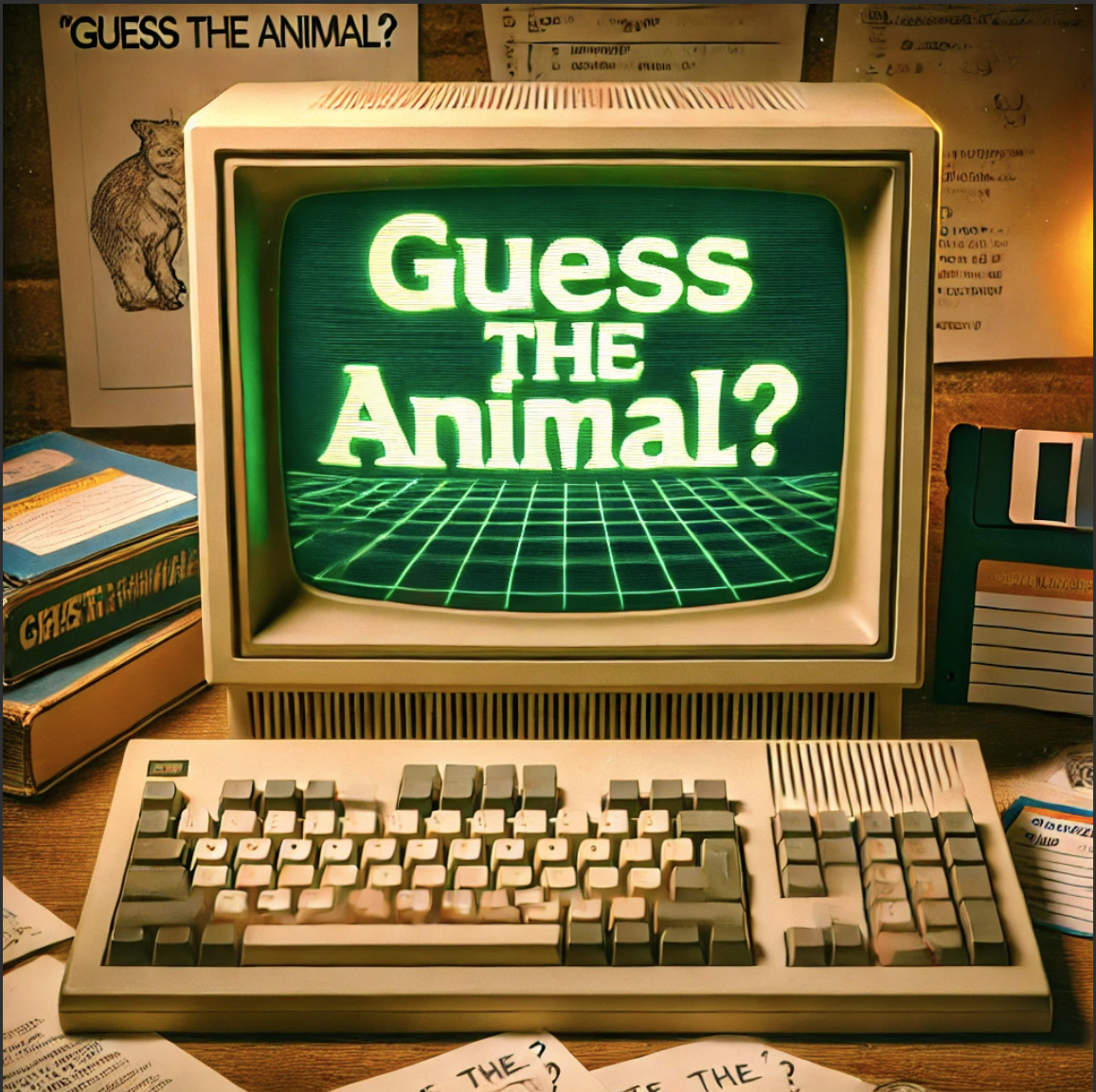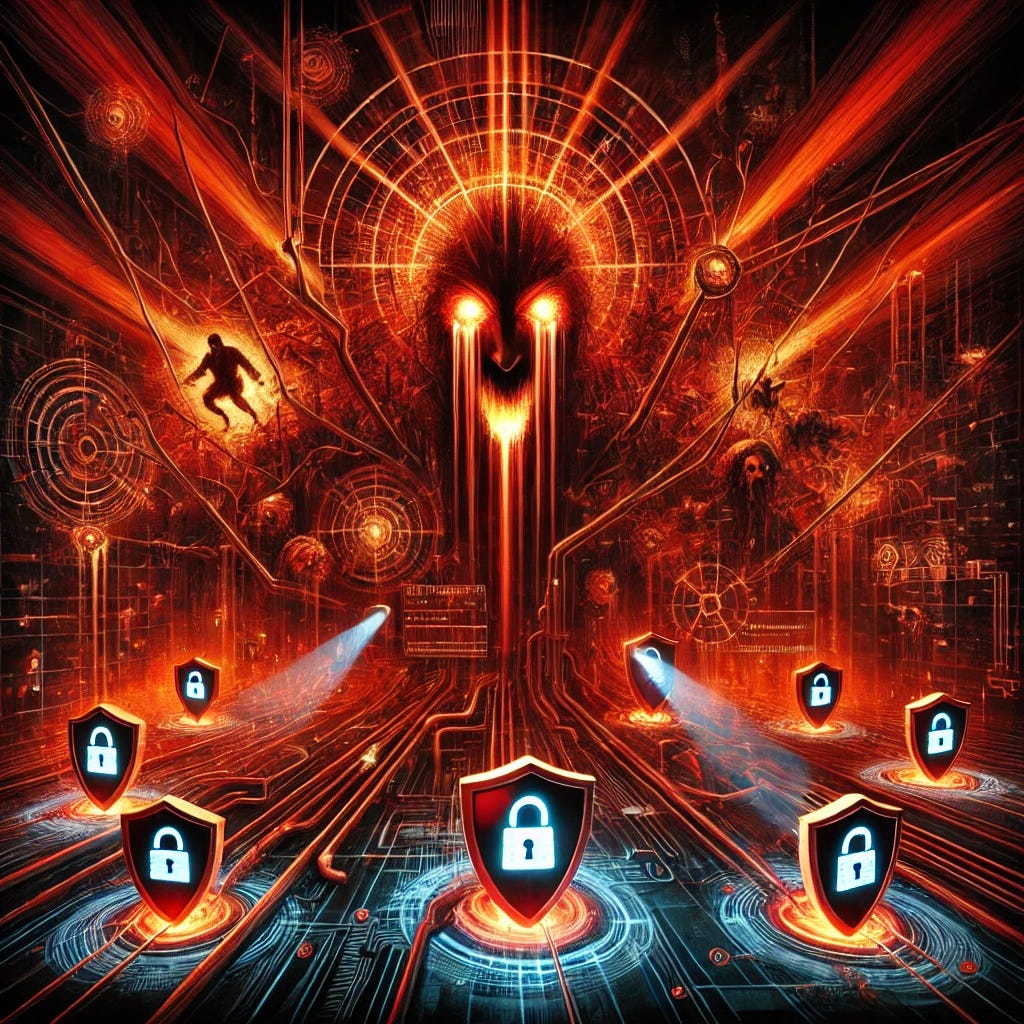Rediscovering Piranesi's Perspective Trick: A Forgotten Artistic Technique

This article delves into the unique perspective technique employed by 18th-century artist Giovanni Battista Piranesi. Unlike traditional perspective, Piranesi's trick uses a near-large, far-small ratio when depicting a series of similar objects, rather than true perspective convergence. This technique, while violating perspective rules, enhances image readability and comprehension. The article analyzes the mathematical principles of this technique and, through comparison with traditional perspective, demonstrates its potential applications in image processing and mapmaking. The author even developed an algorithm to apply this technique to image editing software, offering a fresh perspective on image manipulation.
Read more



















